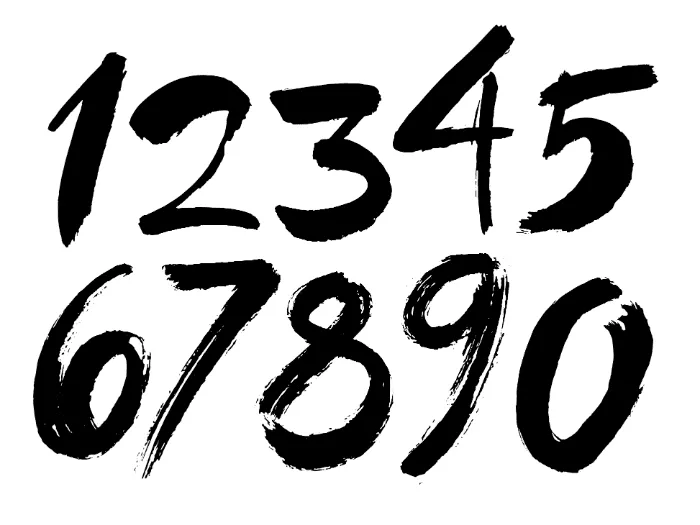
Events App
I build Events Web Application using FastAPI, React, and SQLite: Check it out Github Repo: Check it out What Technologies I used Python (Programming Language) FastAPI (Backend Framework) Typescript (Programming Language) React (Frontend Framework) Material UI (Styling) Tailwind CSS (Styling) Vite (Frontend Bundler) SQLite (Database) Docker (Containerization) CloudFlare (DNS and SSL) Github Pages (SPA Hosting) Digital Ocean (Backend Hosting) Github (Version Tracking) Github Action (CI pipeline) How did I build It I implemented the business logic in the FastAPI application. There are a total of four REST endpoints, for four tables making up the application. The database-based used to manage the application data is SQLite. The UI experience was written in Typescript using the react library. The Material UI library was used for icons, and components. The styling was done through the use of tailwind. ...
